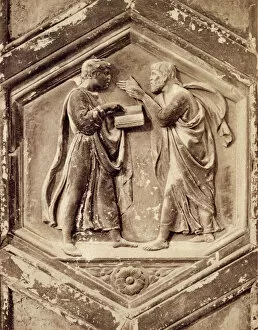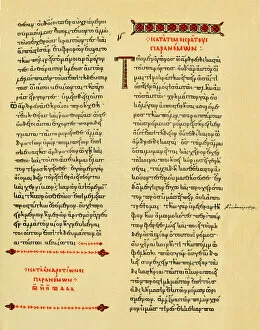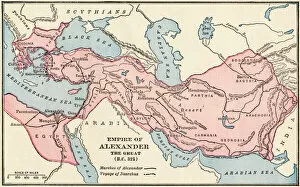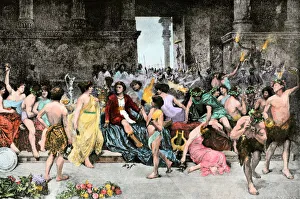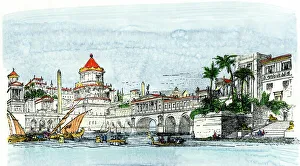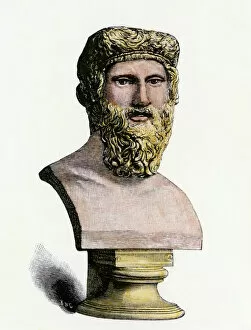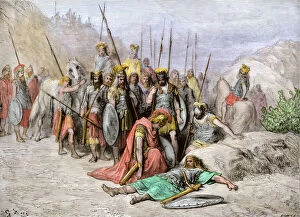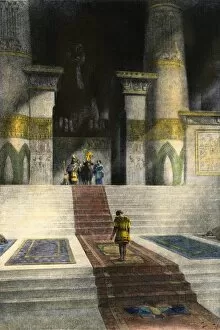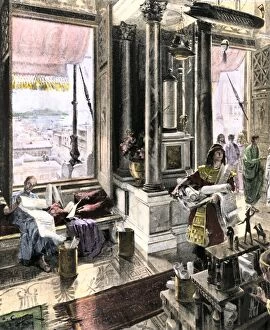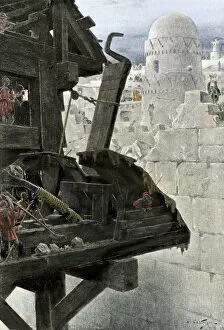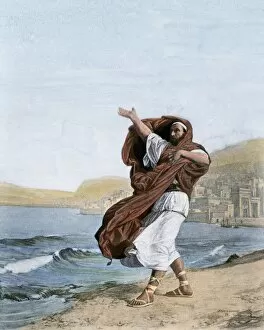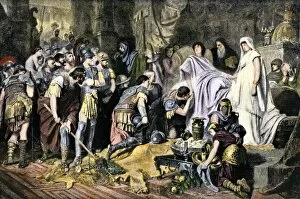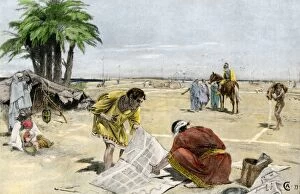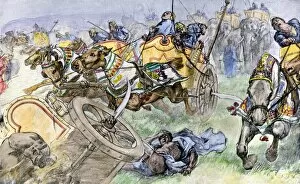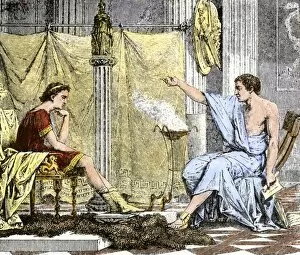300s Bc Collection
In the 300s BC, a pivotal era in history unfolded, shaping the world as we know it today
All Professionally Made to Order for Quick Shipping
In the 300s BC, a pivotal era in history unfolded, shaping the world as we know it today. It was a time of great intellectual and political upheaval, with influential figures such as Plato and Aristotle leading the way in philosophical thought (PANC2A-00023). Their teachings laid the foundation for Western philosophy and continue to inspire generations. Meanwhile, on another front (PANC2A-00033), Alexander's army prepared to destroy Persepolis, marking a significant turning point in ancient warfare. This conquest would establish Alexander the Great as one of history's most formidable military leaders. Back in Rome (PANC2A-00037), the Gracchi emerged as prominent figures advocating for social reform. These brothers fought against inequality and championed land redistribution policies that challenged traditional power structures. Amidst these transformative events, Pharos stood tall (PANC2A-00003) - an architectural marvel known as "the lighthouse of ancient Alexandria. " Its towering presence guided sailors through treacherous waters while symbolizing human ingenuity and technological advancement. However, not all stories from this period were triumphant. The assassination of Philip of Macedon (PANC2A-00122) sent shockwaves throughout Greece and altered its political landscape forever. This act marked both an end and a new beginning for Macedonian rule. As we reflect on these historical moments (PANC2A-00056), we are reminded that our present is intricately connected to our past. The ideas born during this era continue to shape our understanding of politics, philosophy, architecture, and warfare even today (PANC2A-00060). The 300s BC serve as a reminder that within tumultuous times lie opportunities for progress and transformation. From brilliant minds like Plato and Aristotle to grand conquerors like Alexander the Great.


